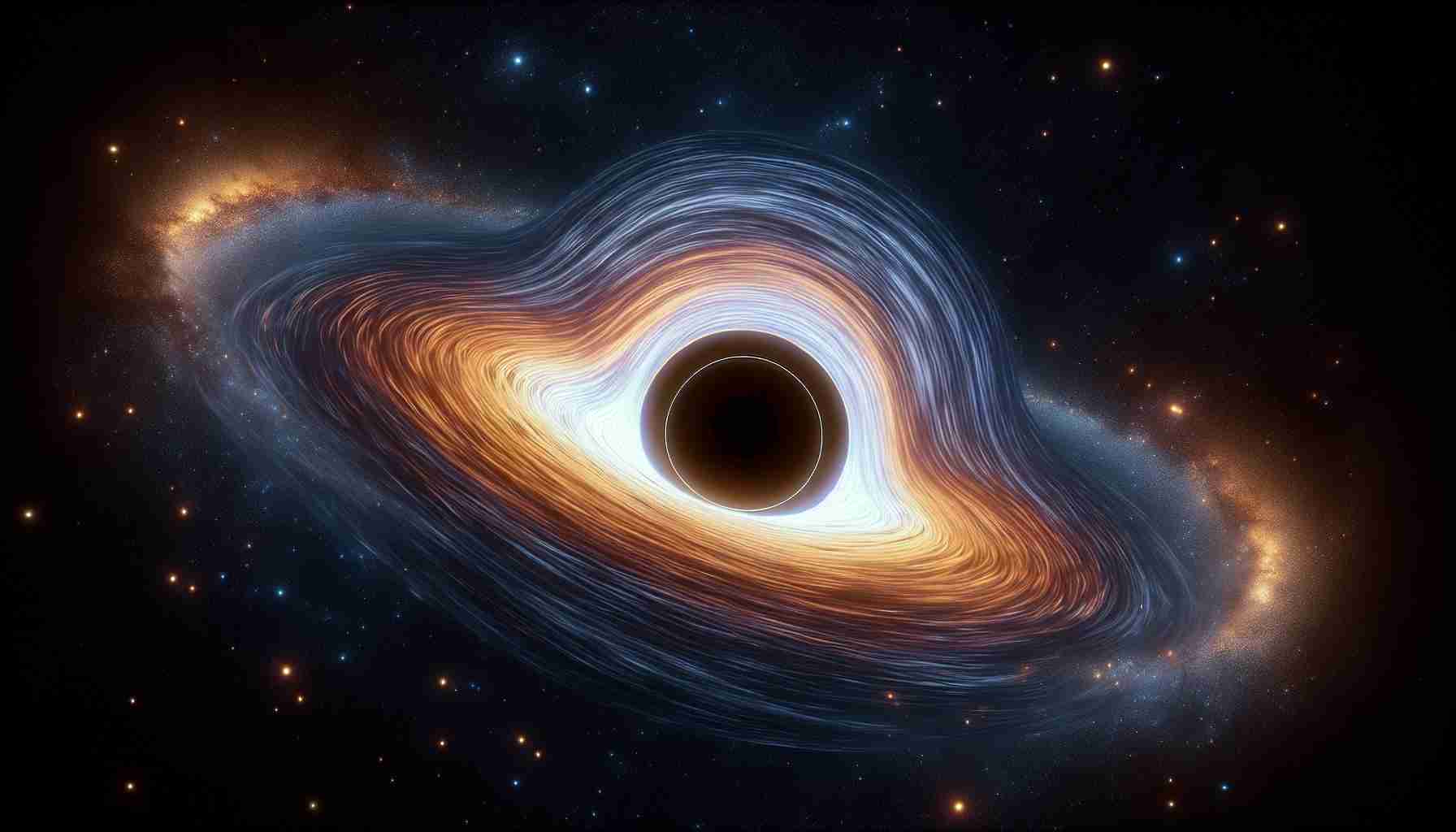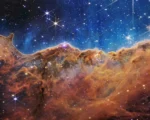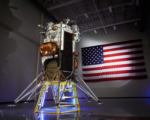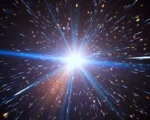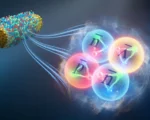NASA researchers have made a groundbreaking discovery involving a black hole located at the heart of the galaxy NGC 5084. Using advanced analysis techniques, scientists revisited legacy data from NASA’s Chandra X-ray Observatory and uncovered an unexpected phenomenon—the black hole in this galaxy appears to be rotating at an angle that contradicts previous expectations. The new findings reveal the presence of an unusual X-shaped pattern created by four plumes of plasma emanating from the galaxy’s core. This discovery challenges long-standing assumptions about the orientation of black holes relative to their host galaxies.
The X-ray data from Chandra revealed two distinct pairs of plasma plumes, each behaving differently from typical black hole jets. One pair is oriented perpendicularly, extending above and below the galaxy’s plane, while the other pair is aligned within the plane itself. This configuration forms a striking cross-like shape, an anomaly that is rarely seen in other galaxies. The presence of these plumes suggests that something significant may have disrupted the normal formation or behavior of the galaxy, providing new insights into the dynamic processes at play in this distant system.
To gain a deeper understanding of the galaxy’s structure, researchers turned to archival data from the Hubble Space Telescope and the Atacama Large Millimeter Array (ALMA) in Chile. These additional observations revealed a small dusty disk at the center of NGC 5084, adding further complexity to the black hole’s unusual orientation. The inner disk, aligned at a 90-degree angle to the galaxy’s overall rotation, suggests that the supermassive black hole is positioned “sideways” relative to the galaxy’s core.
This discovery is a significant step forward in our understanding of black holes and their interaction with the galaxies they inhabit. The unusual orientation and the presence of the X-shaped plasma pattern raise new questions about how black holes form and evolve, and how they influence the surrounding galactic environment. As further research is conducted, these findings could reshape our understanding of galactic dynamics and the role black holes play in shaping the universe.


